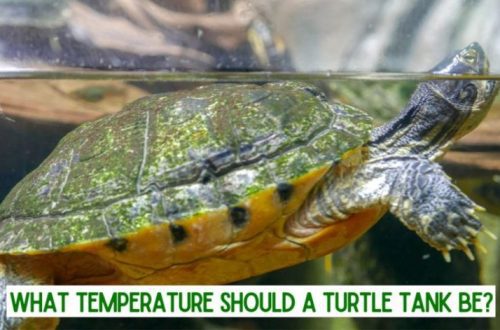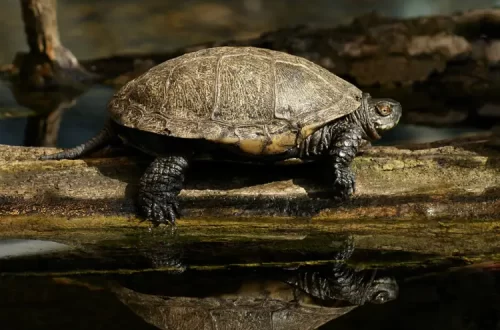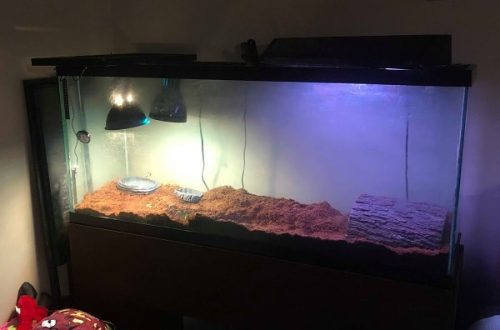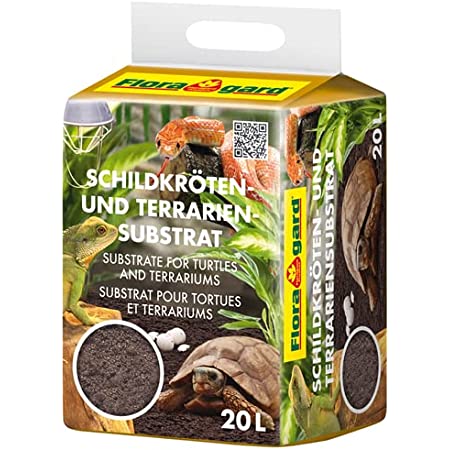
Turtle terrarium soil
Contents
Why does a turtle need soil?
In nature, many species of tortoises spend a lot of time burrowing in the ground. So they hibernate, sleep in the summer in the heat and just spend the night. Keeping turtles without soil leads to stress, tuberosity of the shell, abrasion of claws, etc. Therefore, for the constant maintenance of a house for burrowing species of turtles (for example, the Central Asian), the presence of soil is mandatory. For non-burrowing turtles, a grass mat can be used.
For the duration of the exhibition, you can use a grass mat, and for the duration of the illness of the turtle – paper towels, absorbent diapers or white paper.
Terrarium soil, what should it be?
Turtle soil should be safe, non-dusty, non-toxic, non-irritating to the mucous membranes, absorbent and as safe as possible, even if it is eaten, at least it should pass through the digestive system and be completely eliminated with feces. It is desirable that it be a dense, heavy, well-fitting digging soil when buried. When digging, the turtle must receive a reciprocal load when digging, maintaining muscle tone and the shape of the claws. The soil should tightly cover the turtle, thereby helping the shell to grow more evenly and reduce (and in some places it is desirable to replenish) fluid loss.
The soil should correspond to the habitats of turtles. There is no unequivocal answer about the ideal soil – in different countries, experts advise different types of soil.
Soils can be both “digestible” and “indigestible”:
- “Digestible” – soil that can be digested and decomposed in the intestines. One of these soils is moss.
- “Indigestible” – indigestible soil. Here, too, there are some nuances: whether or not such soil can safely pass through the turtle’s intestinal tract, subsequently being removed from the body with feces. If soil particles cannot pass through the intestinal tract, they can form intestinal blockages, which in turn will block the passage of food masses further down the digestive tract. Intestinal congestion can stop the passage of feces and their complete elimination, which in frequent cases leads to the death of a turtle. In addition, such soil can injure the intestinal walls, causing sepsis or inflammation. All wood soils (wood chips, bark, sawdust …), sand, earth, shell rock, sandy loam are indigestible soils, and the choice of a particular one should be taken very seriously. Some substrates that are suitable for one species are not always good for another. You need to know the natural conditions in which the species of turtle that you keep lives!
Definitely not to be used for keeping turtles: sharp stone chips, stones with sharp corners, very fine sand, newspapers, expanded clay, absorbent cat litter, polystyrene, straw.
For steppe turtles, we recommend the following types of soil:
Soft hay zone, coarse pebble zone (turtle feeding area), main soil zone – shell rock, earth, sand or sandy loam / loamy sand (sold from Namiba Terra), part of the main zone should be wet.
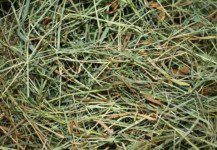
For tropical turtles, we recommend the following types of soil:
coarse bark, earth, moss, leaf litter, earth, coconut
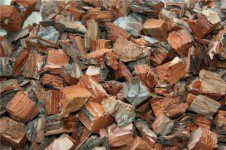
Read more about different types of soil in the article →
Soil preparation and cleaning
Before putting the soil into the terrarium, it is very desirable to hold it in hot water or boil it (calcine the stones in the oven). This is necessary to get rid of insects and parasites that may be in the soil. You can plant oats or other plants that are useful to land turtles. True, this step has a few “buts” – turtles can tear up the whole earth, dig up and make a mess, while not showing any interest in seedlings (if they have time to appear at all). In addition, it is necessary to carefully monitor the level of humidity (it should not exceed the permissible level), and you also need to regularly check if any living creatures have started in the ground.
If the ground is soft (not stones), then it thickness should be at least 4-6 cm, it should completely cover the turtle when buried.
Replace soil can be both partially and completely as it becomes contaminated. Someone changes the soil once a month, someone once every six months (preferably at least).
soil and food
If turtles eat soil (sawdust, wood chips), then the turtle does not have enough fiber. It is necessary to replace the soil with edible – soft hay. If a land tortoise tries to eat stones, a shell rock, it most likely does not have enough calcium. Replace the soil with a larger one, and put a cuttlefish bone (sepia) or a block of fodder chalk into the terrarium.
If you are afraid that the turtle may accidentally swallow the soil along with the food, then you can either make a separate feeding area with large stones, or lay ceramic tiles on the ground and put a bowl of food on it.



